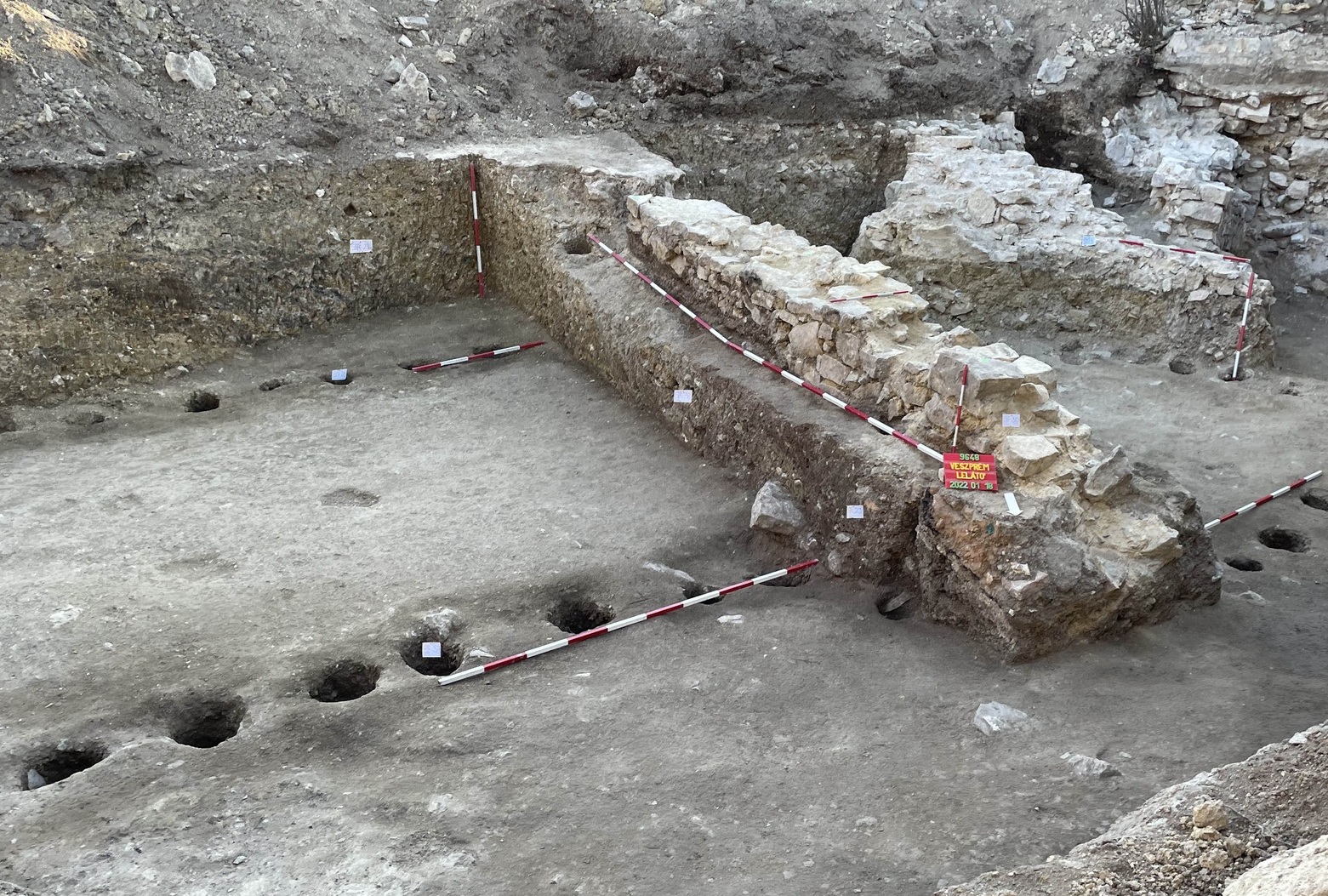Archaeologists have been conducting an in-depth study of Veszprém’s historic Castle District, revealing the turbulent history that shaped the “City of Queens.”
The study is part of a major archaeological and restoration project involving the National Archaeological Institute, the Hungarian National Museum, and its Central Library.
After the Migration Period and the Hungarian conquest of the Carpathian Basin, a stone fortress was established in Veszprém on Castle Hill during the 10th and 11th centuries. This early stronghold was witness to several pivotal conflicts, most notably the decisive battle that led to Hungary’s Christianisation.
Favoured by Queen Gisela, wife of Stephen I, Veszprém also held a distinguished role in Hungarian tradition as the coronation site for the nation’s queens and is still often called the “City of Queens”.

According to the study authors, archaeologists have revealed extensive remains of the medieval fortifications and early modern military defences, shedding new light on the evolution of this important Hungarian site.
Excavations have revealed traces of defensive architecture dating to the 12th or 13th century in the basement of the Tejfalusy House and a section of the castle’s stone wall in the courtyard of the Piarist High School.
These findings now suggest that the castle was already encircled by a stone wall in the early 14th century, which was later reinforced with wooden-earth ramparts to serve as makeshift platforms for cannons during the Turkish sieges of the 16th century.
Archaeologists also found the foundations of a five-sided bastion from the 17th century in the basement of the Körmendy House and two parallel castle wall sections in the courtyard of the Canon’s House. According to the study authors, these wall sections are from different periods, with the newer section likely being constructed to protect against artillery.
The National Archaeological Institute explained that these new discoveries offer valuable insights into the strategic adaptations that shaped the “City of Queens.”
Header Image Credit : NRI
Sources : National Archaeological Institute

